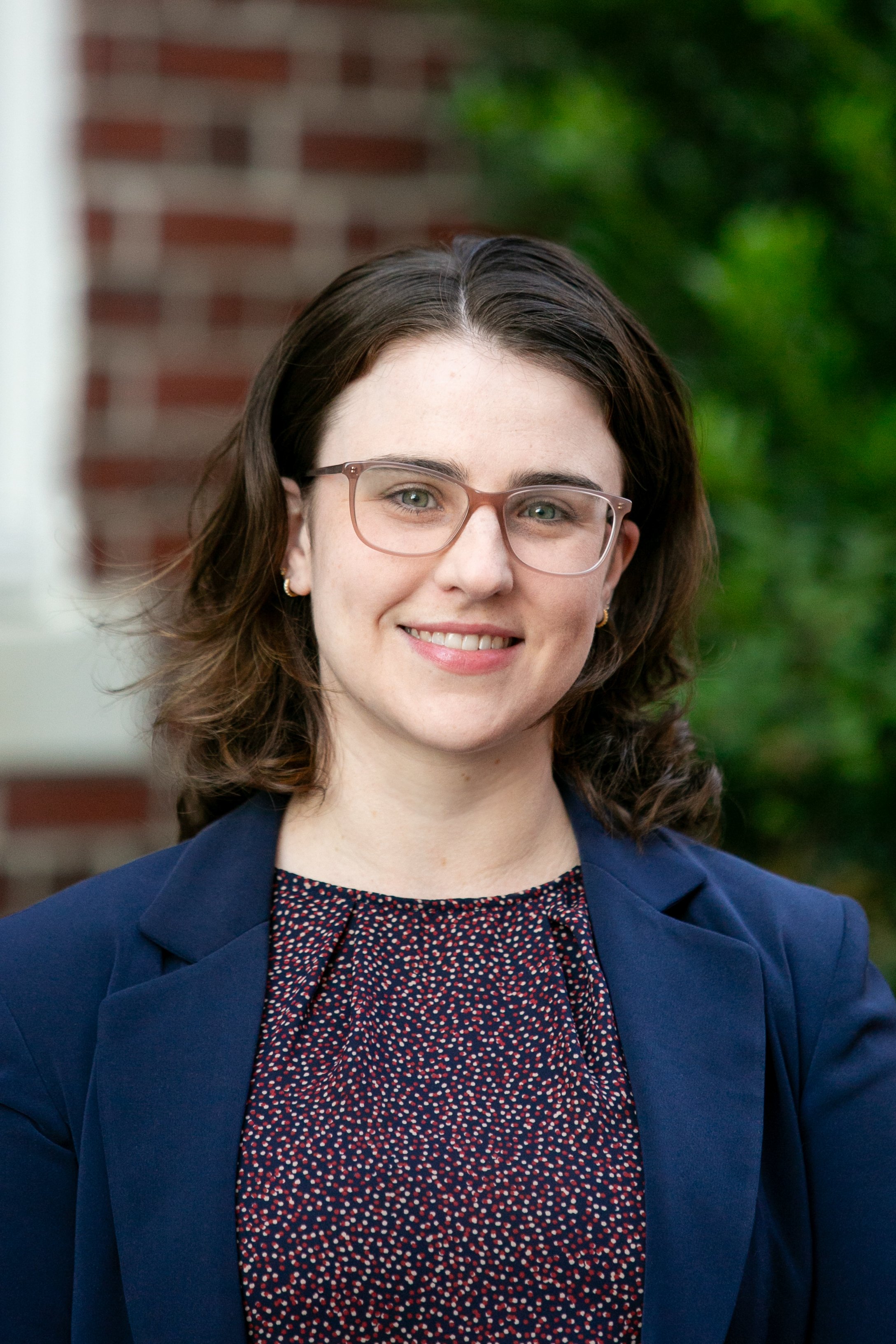My Story
I came of age during the 2008 Great Recession, when many people in my family and rural community lost their jobs, savings, and homes. By the time I graduated high school in 2010 and began to look into higher education, I was financially on my own.
The prevailing wisdom I heard from family and teachers went something to the effect of, “if you work hard in high school, you will get scholarships and you will be fine.” While that approach may have worked in 1985, or even 1995, higher education has drastically changed since then.
I decided to take a leap anyway, and like many of my peers, I maxed out my available federal loans as well as a private student loan to pay for my Freshman year for a total of $25,000. Knowing that this amount of debt was unsustainable, I applied to over 100 scholarships, shortened my four-year program to three years to save money, became a Resident Assistant (R.A.) to get free housing, and explored every resource and strategy I could find to afford school. By the time I graduated, I had managed to re-extend my program to the normal four years, pay off my loans, and have $0 in student loan debt.
What I have learned is that no amount of savings, budgeting, working hard, or “pulling yourself up by the bootstraps” will actually help you afford college—what will allow you to afford college is the financial know-how and strategies to navigate the system, plus the willingness to ask for help from guidance counselors, financial aid officers, and scholarship administrators.
I’ve put that know-how into a roadmap that I hope will help the next generation of students access higher education. For questions or comments, feel free to reach out to: DebtFreeCollegeDegree@gmail.com.
Statement on Priviledge
It is impossible to tackle college affordability without acknowledging privilege. I believe, therefore, that it is important to address the fact that although I had to overcome lack of family support, financial difficulties, and other challenges, those challenges were not compounded by racism, ableism, transphobia, and other systematic barriers many students face. If you are facing these hurdles, I hope the content in this book is still helpful, and if you need more support, I would encourage you to connect with the many organizations committed to helping students from all backgrounds access higher education:


